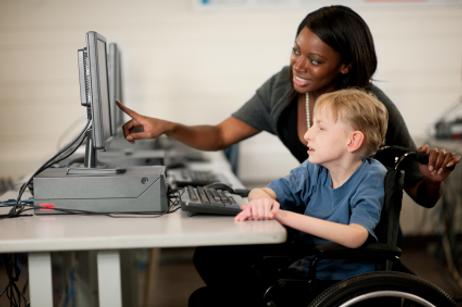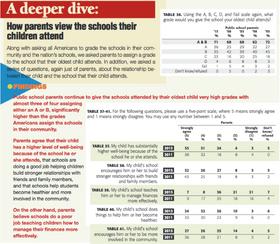In recent decades, public schools find themselves facing the greater needs of diverse student populations, with varying cognitive abilities, maturity levels, and academic strengths and weaknesses. While most typical elementary, middle, and high school students find themselves immersed in a classroom of twenty to thirty peers with one lead teacher, most public schools also have “self-contained” classrooms to provide alternative settings for enhanced academic support for the children whose needs cannot be fully met in a general education classroom.
What are Self-Contained Classrooms?
Unlike standard classrooms with a large number of peers, self-contained classrooms are typically smaller settings with a fewer number of students. Created to help foster enhanced support for students with special needs or specific difficulties, self-contained rooms are generally comprised of about ten students with unique struggles who are most commonly instructed by a lead teacher with a certification in special education. Self-contained classrooms will also have at least one paraeducator who provides instructional support under the guidance of the classroom teacher.
Due to recent curriculum shifts, some self-contained rooms cater to the diverse needs of students, such as those coping with autism spectrum disorder. A lead teacher, who is highly trained to help support students with autism, is able to provide greater assistance than what these students would typically receive in a classroom with a larger student-to-teacher ratio. Other examples of students who may be enrolled in self-contained rooms include students with developmental issues, behavioral concerns, students with specific academic struggles (i.e. in math,






















